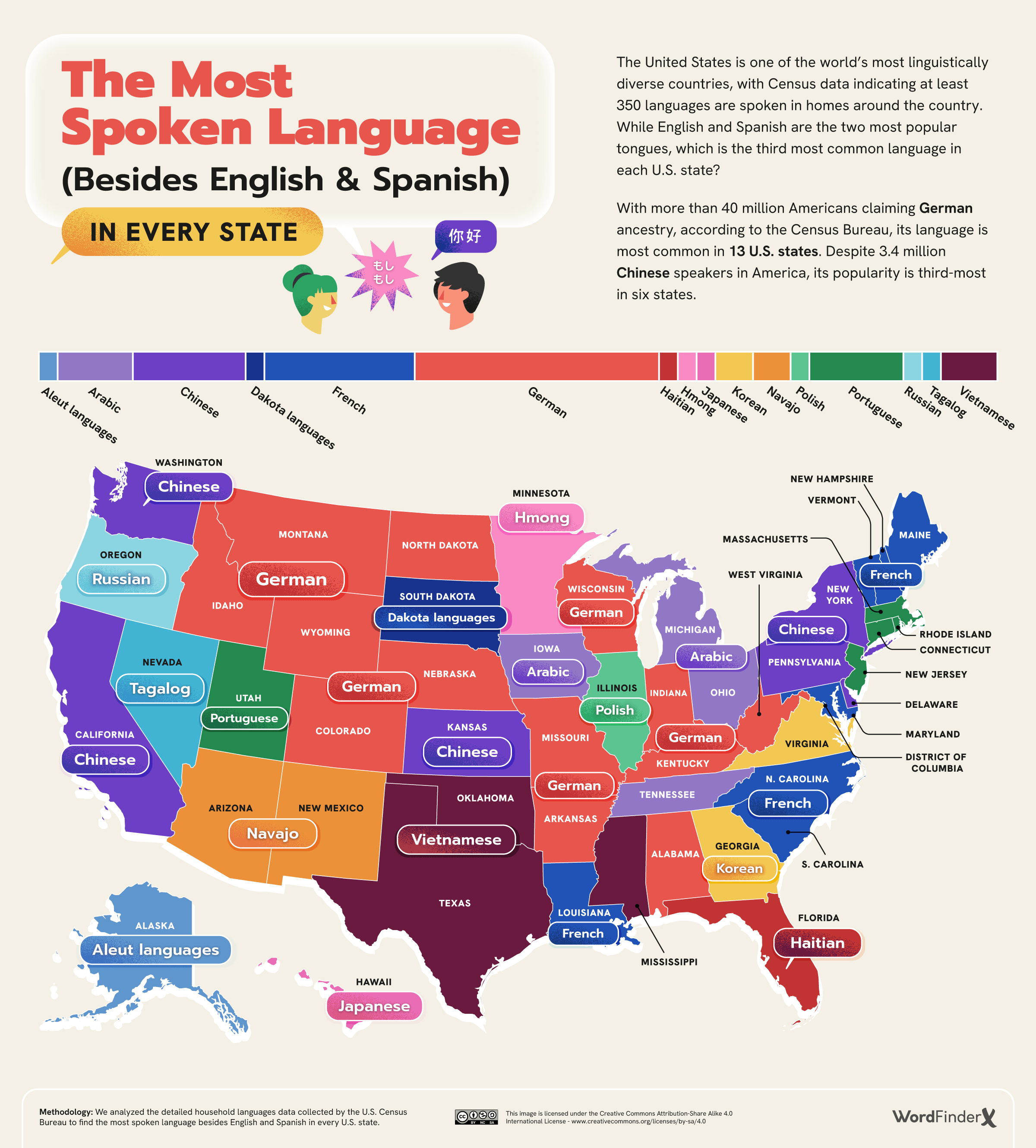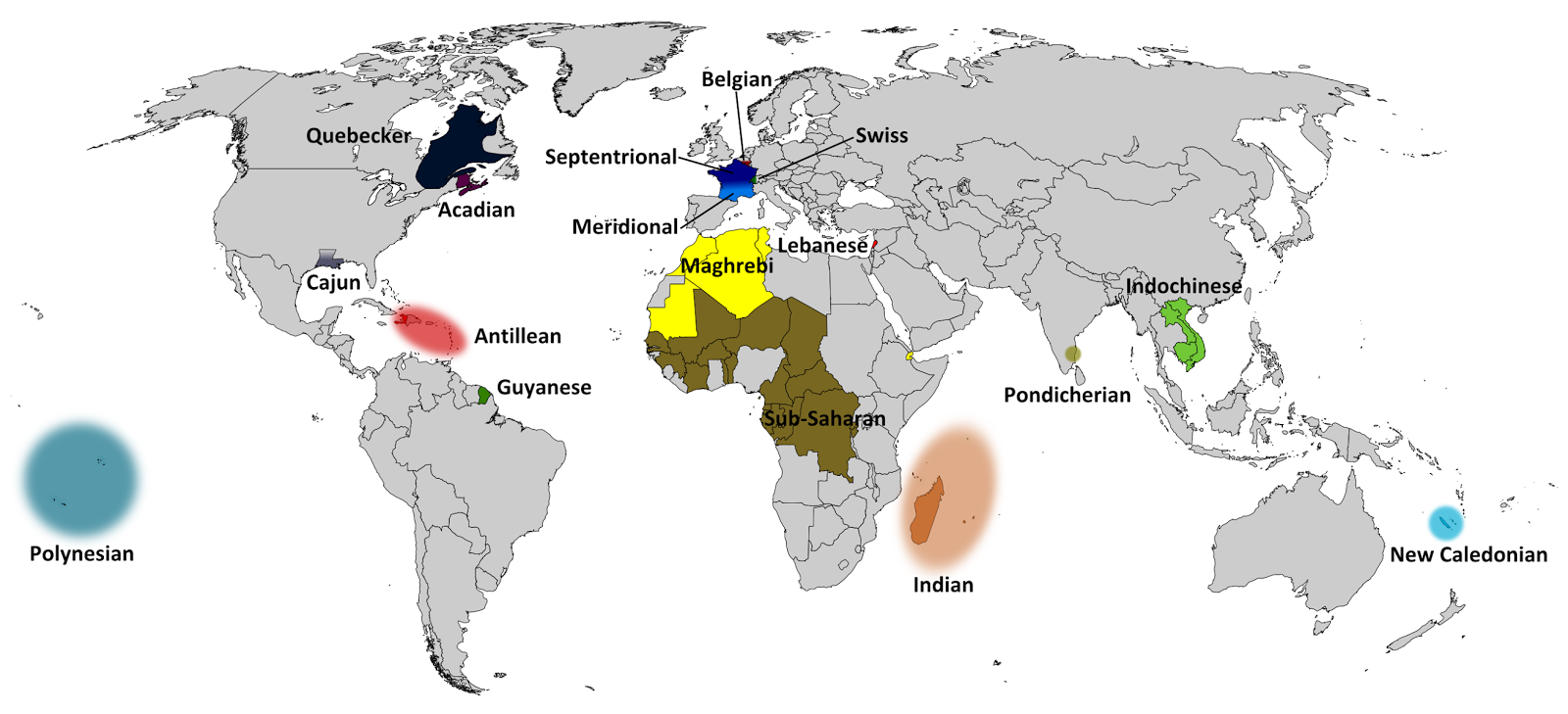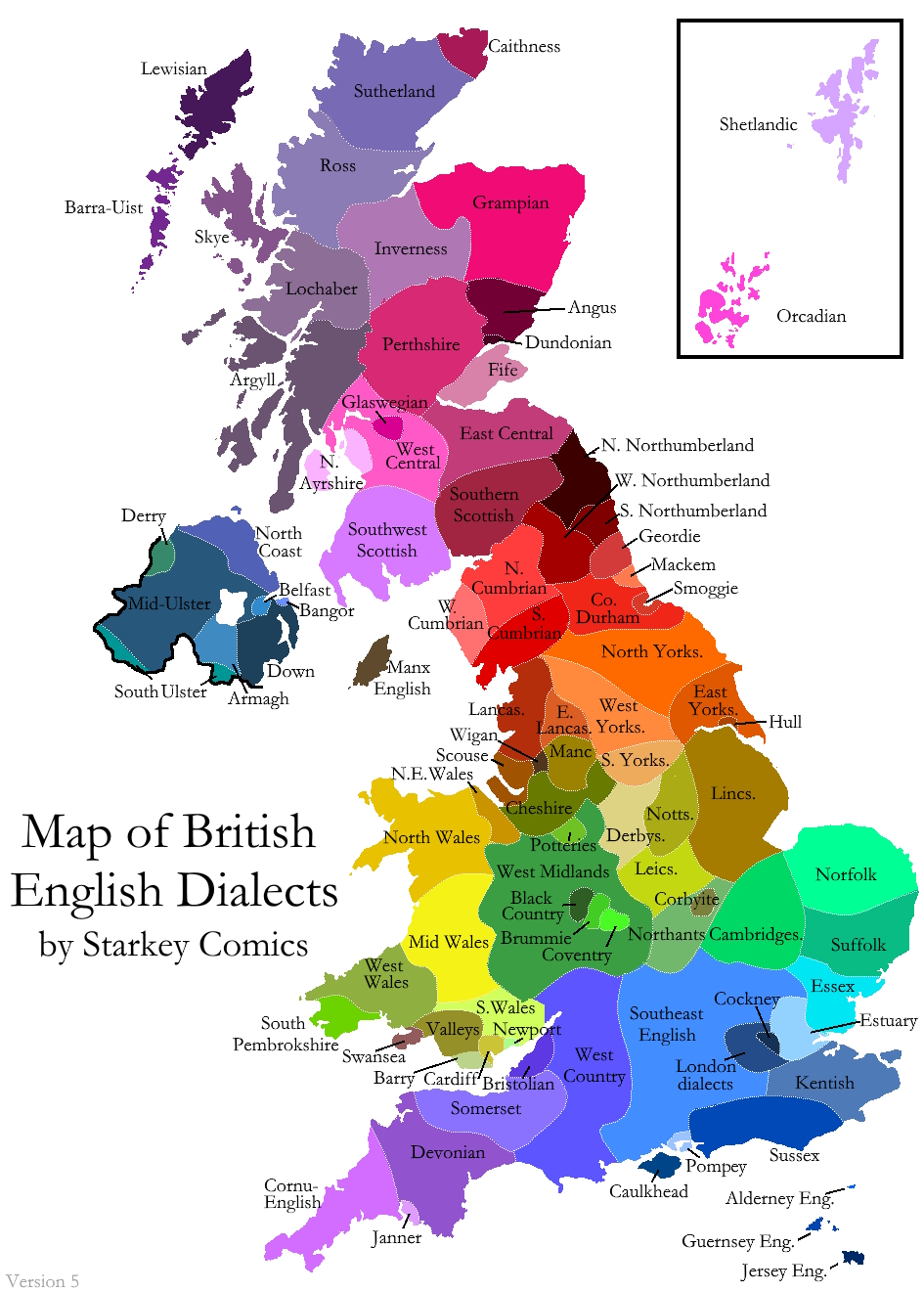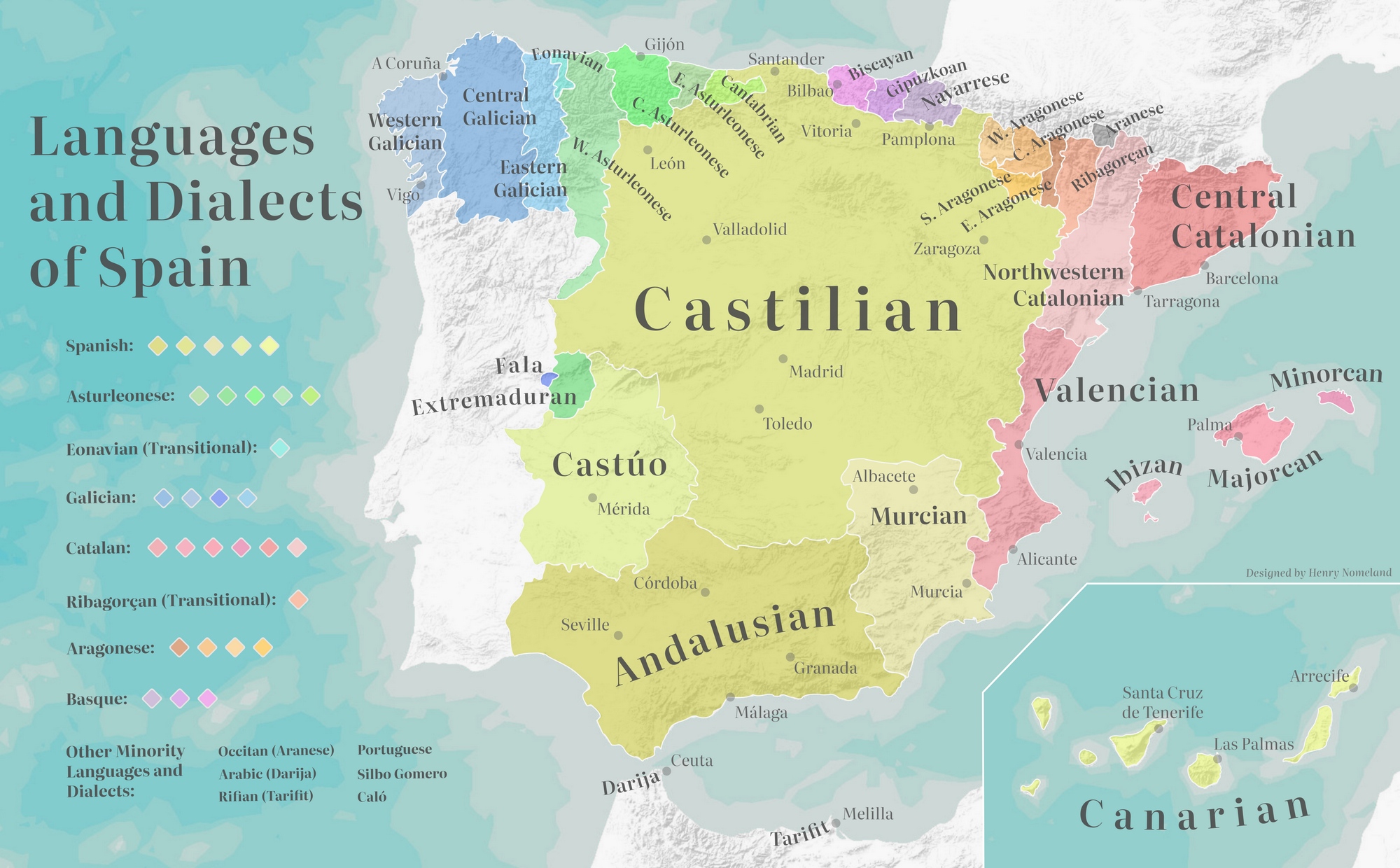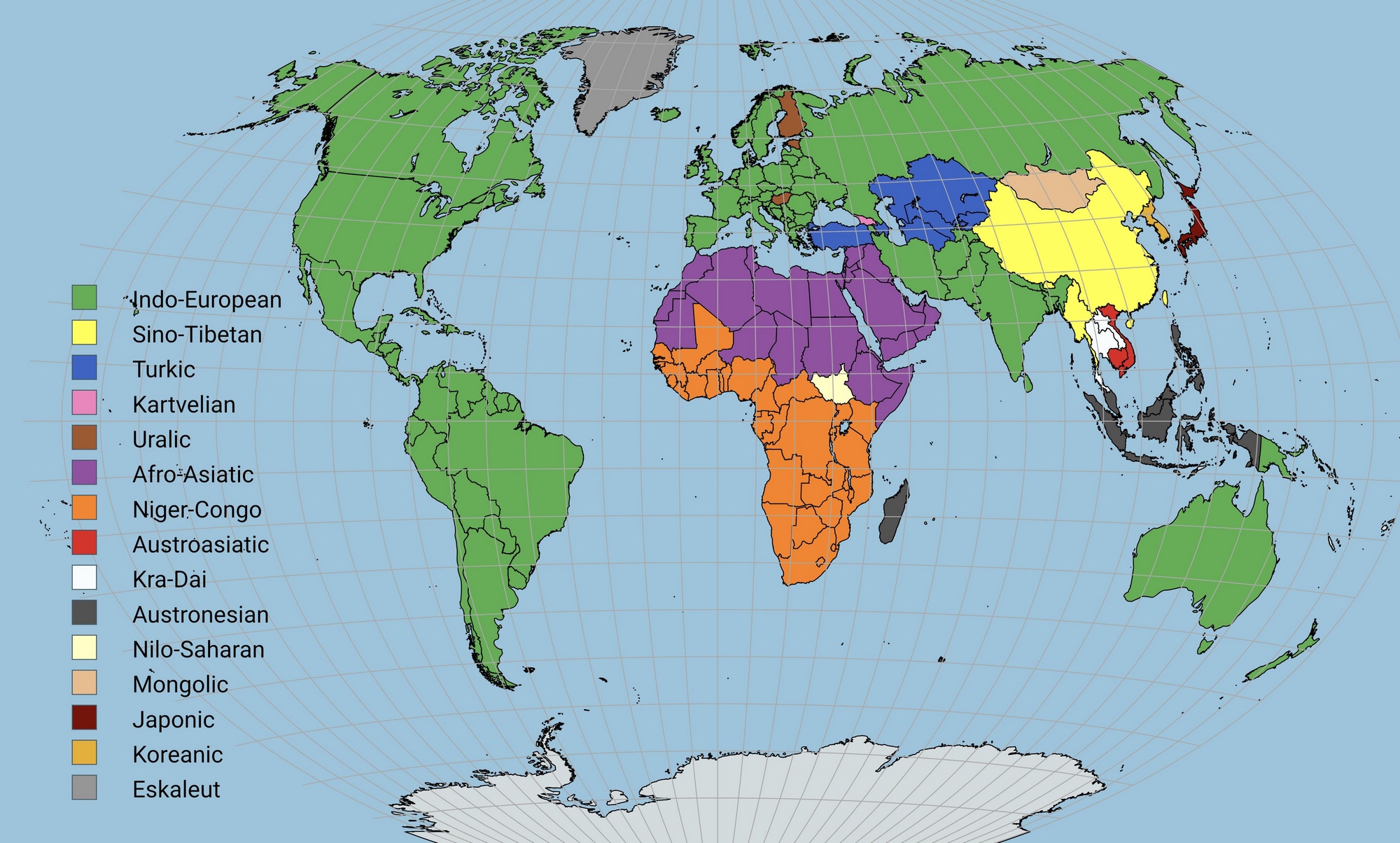Distribution of the Sino-Tibetan Languages Mapped
The Sino-Tibetan language family constitutes one of the largest language families in the world, encompassing a vast array of languages and dialects spoken by millions of people across Asia. It is generally agreed upon that there are over 400 individual languages within the Sino-Tibetan family. This linguistic group is primarily distributed throughout East Asia, Southeast Asia, and parts of South Asia. At its core are two major branches: the Sinitic languages, which include Chinese, and the Tibeto-Burman languages, which encompass a diverse range of languages spoken primarily in the Tibetan Plateau, the Himalayas, and surrounding regions.
Chinese, the most prominent member of the Sino-Tibetan family, is spoken by over a billion people worldwide and serves as the official language of China, Taiwan, and Singapore. Within China itself, numerous dialects of Chinese are spoken, with Mandarin being the most widely used and standardized variety.
The Tibeto-Burman branch comprises a multitude of languages spoken across a vast geographical area, from northeastern India and Nepal to Myanmar (Burma), Bhutan, and parts of Southeast Asia. Tibetan, spoken primarily in Tibet and adjacent regions, is one of the most well-known languages within this branch, with around 6 million speakers. Other notable languages include Burmese, spoken in Myanmar by approximately 33 million people, and Karenic languages, spoken by various ethnic groups in Myanmar and Thailand, with an estimated 7 million speakers.
The map below of Asia shows the distribution of the Sino-Tibetan languages.
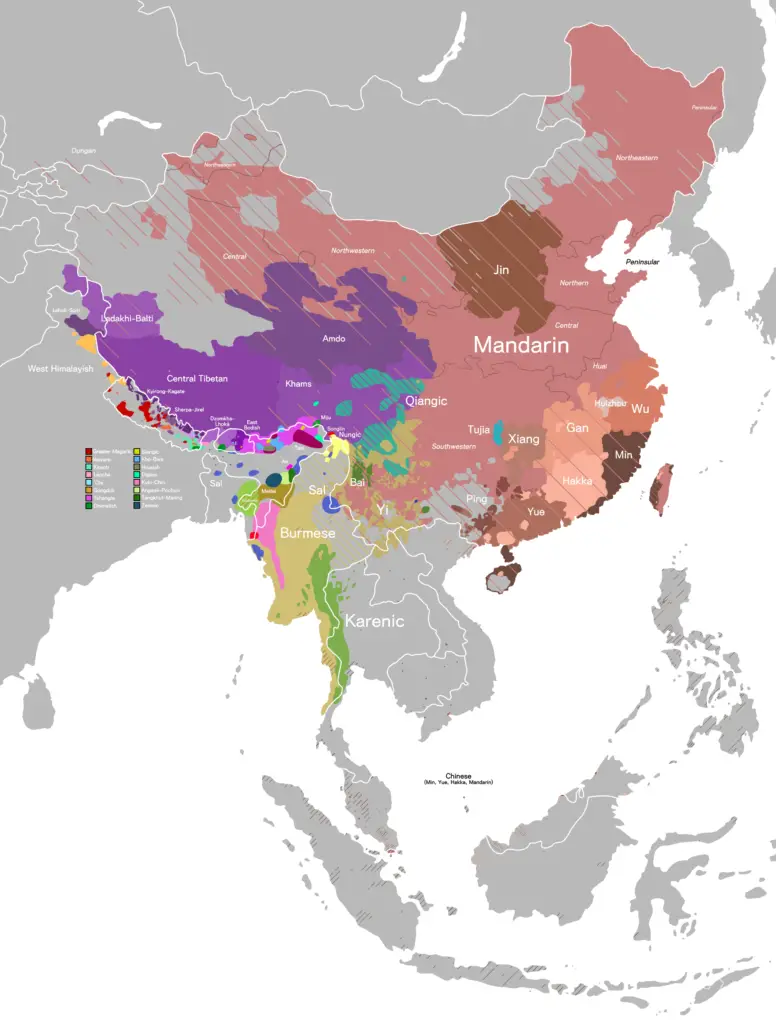
The distribution of Sino-Tibetan languages reflects the complex historical and geographical factors that have shaped the linguistic landscape of Asia. Migration, trade, and cultural exchange have contributed to the spread and diversification of these languages over millennia. Furthermore, the mountainous terrain of the Tibetan Plateau and Himalayas has facilitated the isolation and differentiation of numerous Tibeto-Burman languages and dialects, leading to a remarkable linguistic diversity within this branch.
Despite the widespread use of Chinese and the significance of Tibeto-Burman languages in their respective regions, many languages within the Sino-Tibetan family face challenges such as language endangerment and the erosion of linguistic diversity. Efforts to document, preserve, and revitalize these languages are crucial for maintaining the rich cultural heritage and linguistic vitality of the Sino-Tibetan language family.
Interested in learning more about the peoples of the Sino-Tibetan language family and the languages they speak? Check out the following books.

